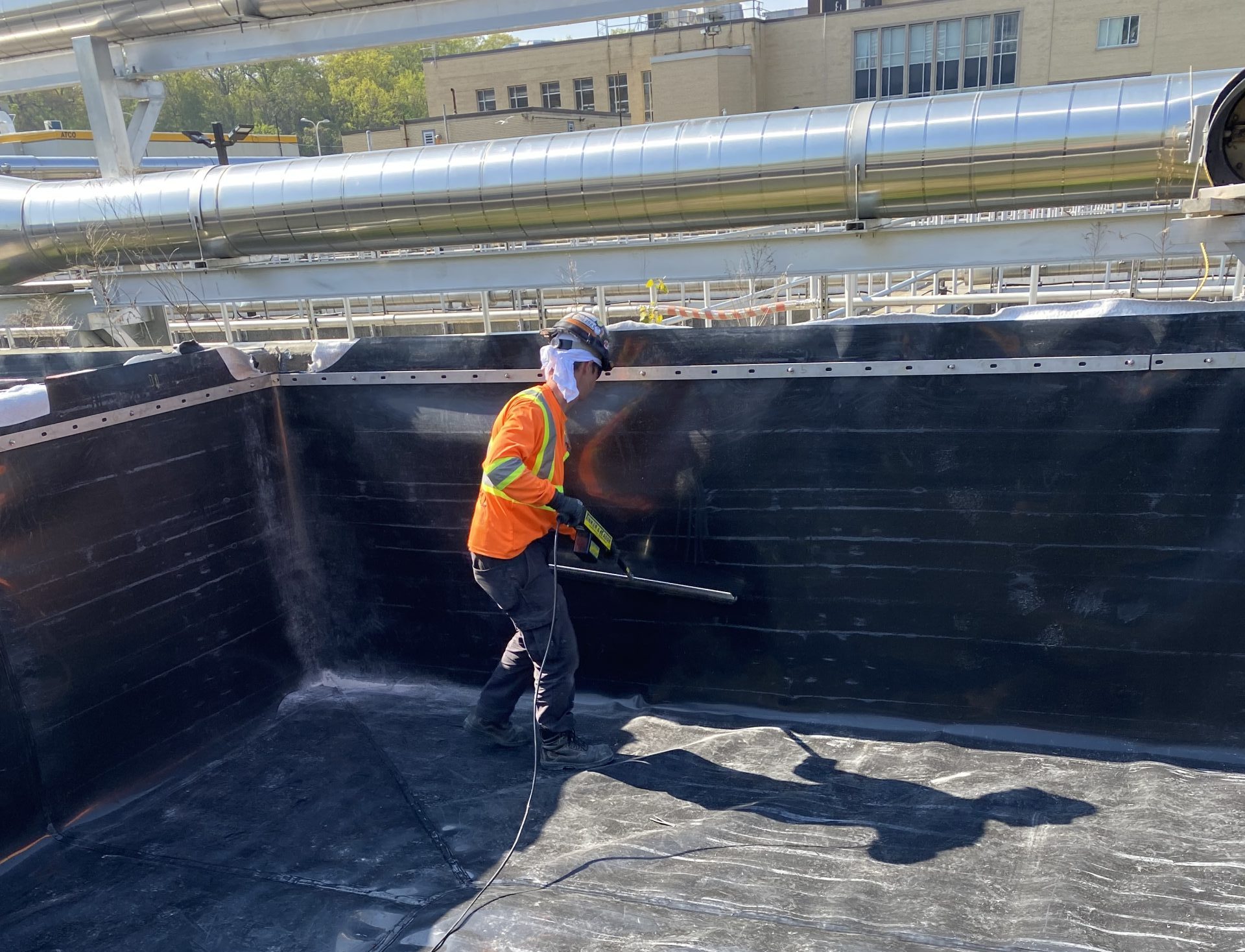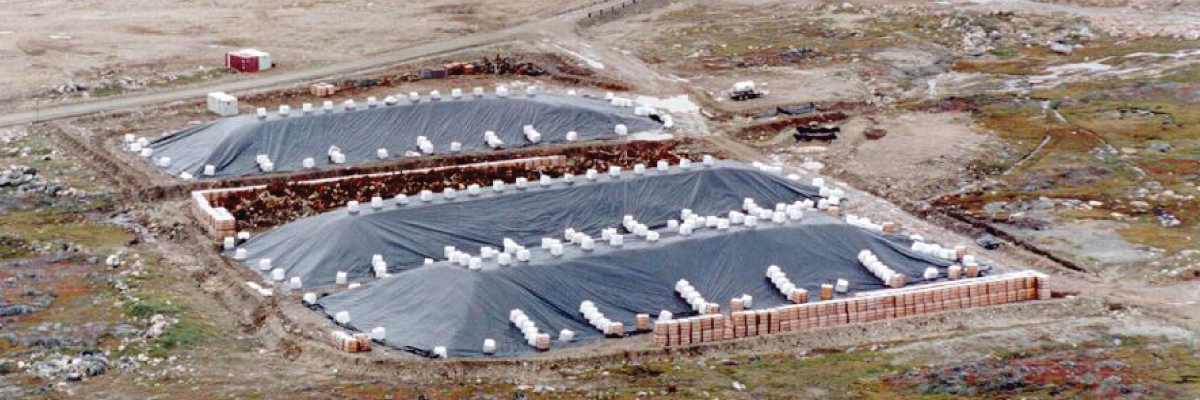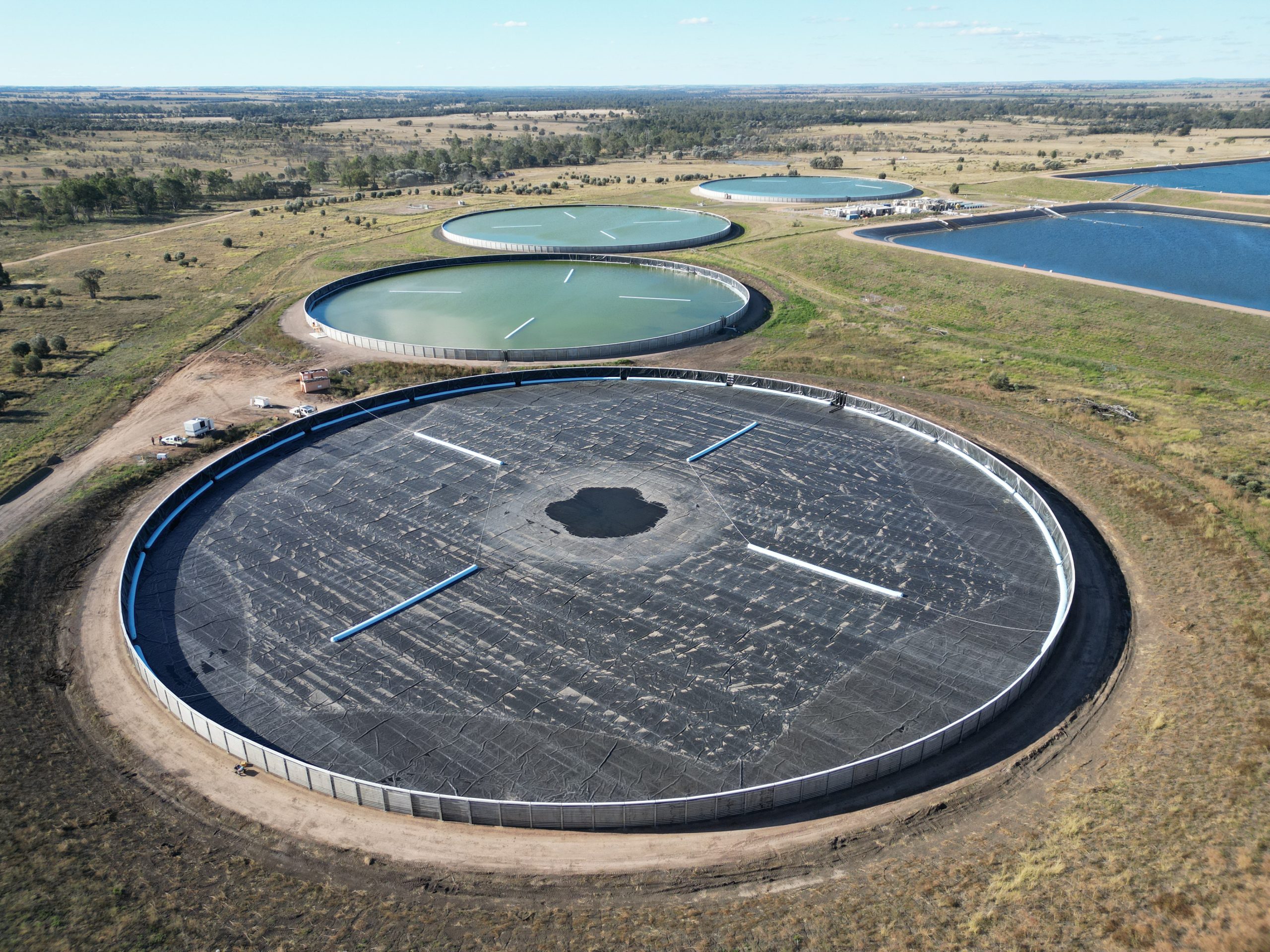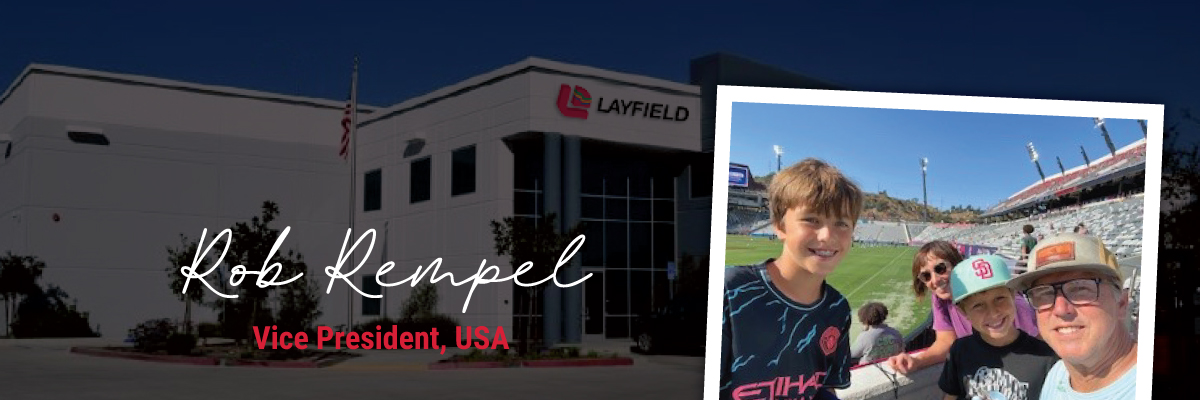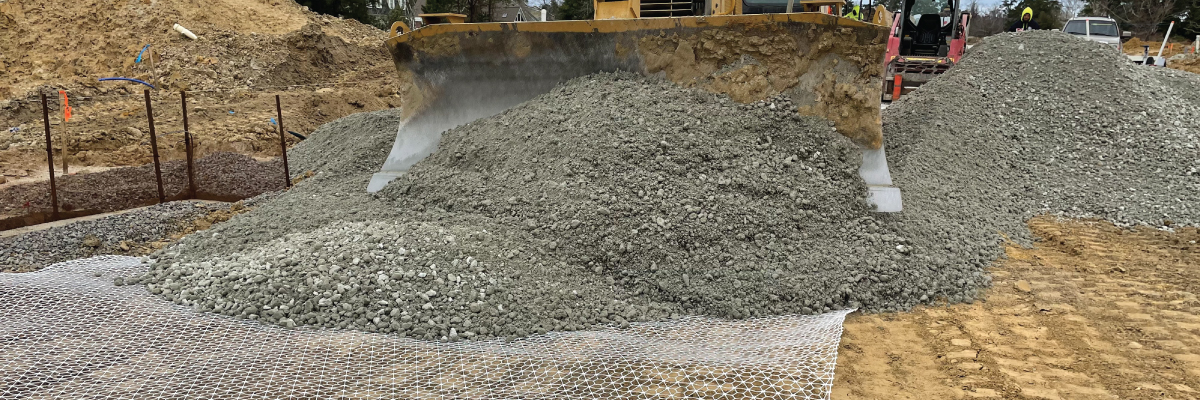Technical Bulletin Provided by North American Green
Vehicular Traffic and Wheel Load Issues
Active construction sites can see a range of equipment types traversing the area, including over newly installed erosion and sediment control measures. Heavy loads from tires and tracks can be concerning for newly graded ground and/or fill soils within erosion control materials. Even after installation, concerns may remain as long-term maintenance of the site is considered. Traffic, heaving mowing equipment, frequent foot traffic, and even animal traffic can impact the performance of vegetated Turf Reinforcement Mat (TRM) systems.
Woven TRMs Designed for Ultimate Strength
While there are many options for protecting soils and helping establish a reinforced vegetated system, selecting a woven TRM is best when wheel and track loading is of concern. Woven TRMs are permanent erosion control mattings that use a specialized woven thread design to create three-dimensional mats that offer high strength and loft without multiple nets, laminated layers, stitching, or fibers. Woven TRMs are often used with seed and soil infill or sod placement to create a reinforced vegetated system well above the performance of other vegetated erosion control measures. North American Green Woven TRMs and High-Performance TRMS (HPTRMs) have been specifically developed to extend the woven advantage by achieving high strength at low elongation. This advantage yields even greater resistance to the forces of tractors, mowers, pull-behind mowers, walk-behind track equipment, and animals. Finally, as the aperture opening size is small, wildlife entanglement is not typically a concern.
Tested by the Experts
Between 2011-2012, the US Army Corp of Engineers (USACE) conducted an extensive test utilizing woven HPTRMs for stabilization and protection of hurricane-prone levees. As part of this evaluation, woven TRMs were also analyzed for their ability to handle wheel traffic both during the installation and vegetation maintenance phases. The results can be summed up by this quote taken from the USACE summary report comparing vegetated-only slopes and woven TRM/Vegetated slopes, “When the Tractors passed over a grass/TRM combo section, there were no tire impressions made. This tells us that the HPTRM reduced reaction to wheel loading and protects the levee during maintenance operations by reducing wheel slippage and rutting.” While not a replacement for geogrids and other ground stabilizers, woven TRMs offer valuable support for the vegetation against heavy equipment and frequent wheel-loading activities.
This article originally appeared on the North American Green Website, www.nagreen.com.
Related Articles
View All News
